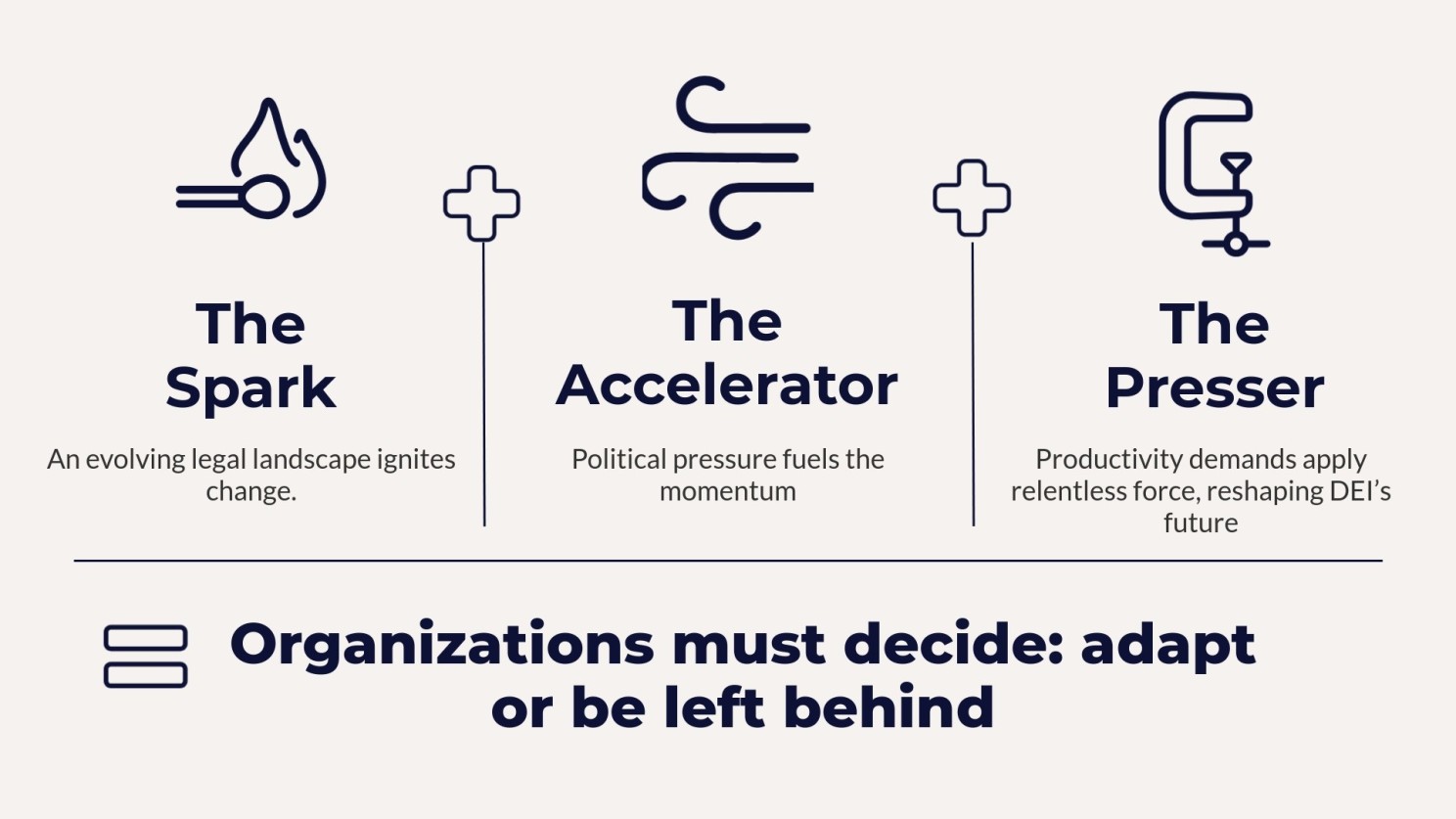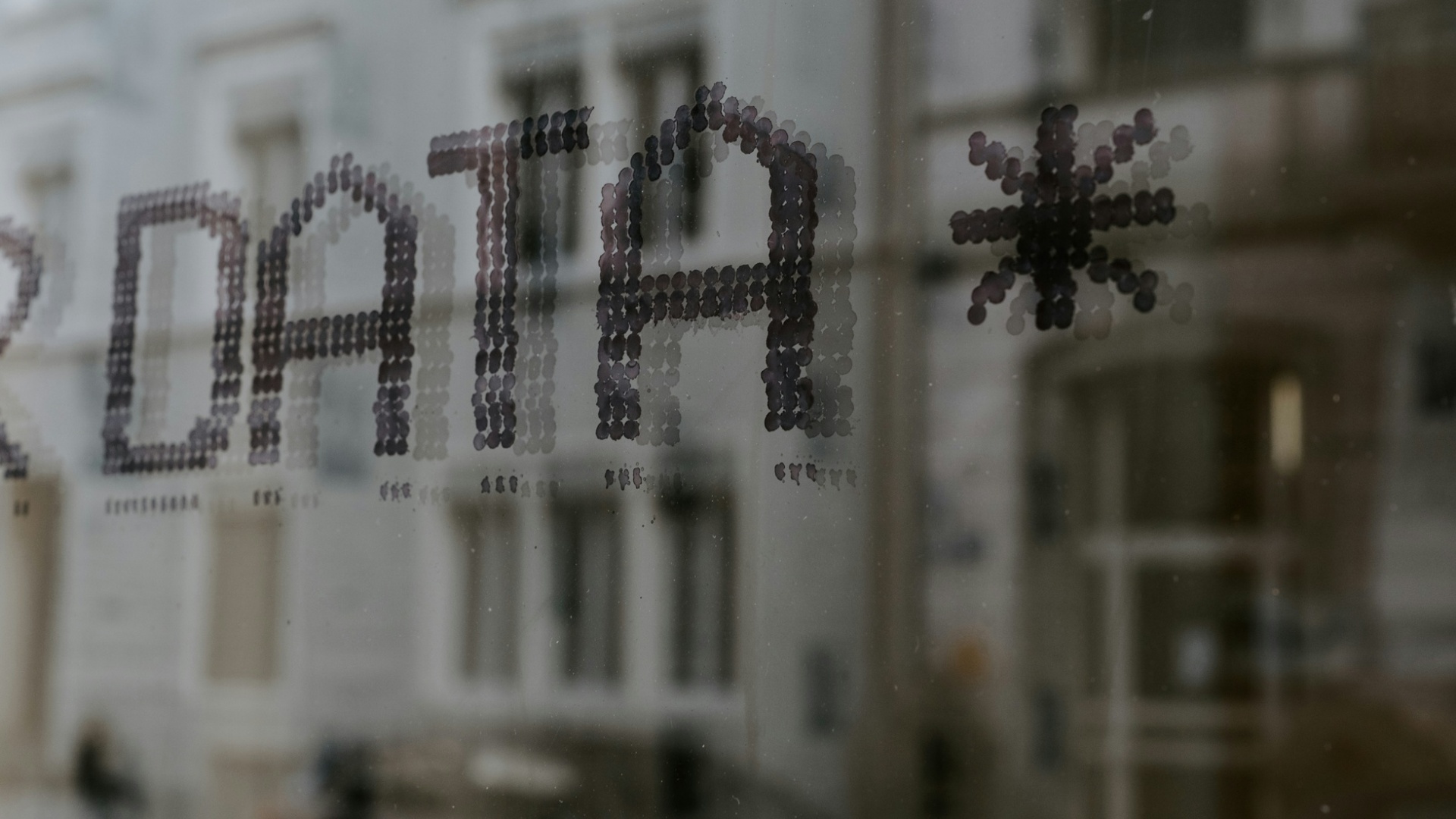
Share Badr Ait Ahmed The Illusion of Strategic HR Without Data For decades, HR has been trying to earn a “seat at the table.” Many

Corporate responses to DEI initiatives in North America vary widely. Some companies step back while others reinforce their commitments.
In Europe, DEI discussions continue, with regulatory changes affecting corporate strategies and companies adapting or reaffirming their inclusion policies.

Companies are now expected to be more agile and future-ready, shifting focus toward technological advancements and workforce adaptability. And aim to foster a culture of meritocracy, skills, leadership, and internal mobility.
Diversity, Equity, and Inclusion (DEI) is not failing; rather, it is at a critical juncture. A crisis, by definition, is a pivotal moment that presents options requiring necessary changes, which may lead to outcomes that are either better or worse before establishing a new equilibrium.
Hence, the current situation presents us with a choice: we can either allow setbacks to deepen or choose to adapt and evolve to align with our business needs.
And the resistance to DEI does not equate to failure but rather a shift in corporate strategies. Organizations are under pressure to enhance productivity, drive innovation, and navigate large-scale digital transformations. As priorities shift, DEI must adapt to align with these emerging business imperatives while demonstrating measurable value.

Share Badr Ait Ahmed The Illusion of Strategic HR Without Data For decades, HR has been trying to earn a “seat at the table.” Many

Share Badr Ait Ahmed Why Everyone Agrees Talent is Critical — But Almost No One Embeds It Into Strategy Walk into any boardroom, private equity

Share Badr Ait Ahmed For decades, enterprise value has been modelled through balance sheets, EBITDA multiples, and discounted cash flows, an impressive exercise in precision

Share Badr Ait Ahmed From Risk to Leverage: Why Human Capital Readiness is a Seller’s Hidden Deal Advantage In every M&A transaction, due diligence is

Share Badr Ait Ahmed Why the maturity of your HR function sets the ceiling for workforce planning impact Workforce planning is gaining visibility in

Share Badr Ait Ahmed Geopolitical instability, tariffs, and digital disruption have significantly changed today’s deal environment. Strategic mergers and acquisitions (M&A) dropped by 39%